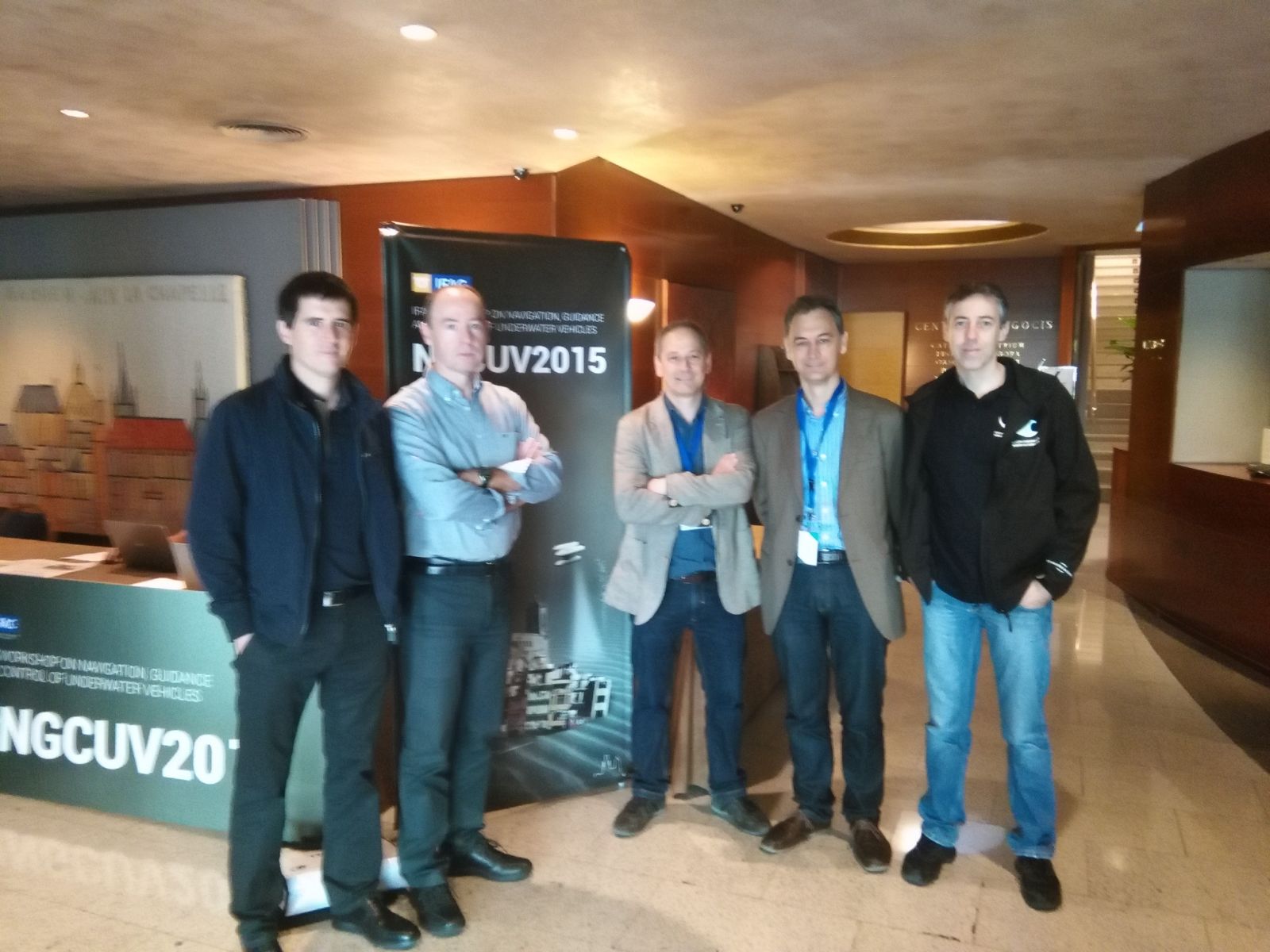IRSLab news is now on Twitter
Submitted by Javier Pérez on Tue, 12/01/2016 - 12:41We have been upgrading our website to make it more social and now every news published in our website will be automatically twitted. The goal of this feature is to increase the interaction and feedback from readers so we can have a more friendly relation in the increasingly social world. So if you want to know, comment or discuss the latest news about UWSim, IRSLab achievements or events you can follow us on twitter @IRSLab and you will receive the updates as soon as they are published on the website.



